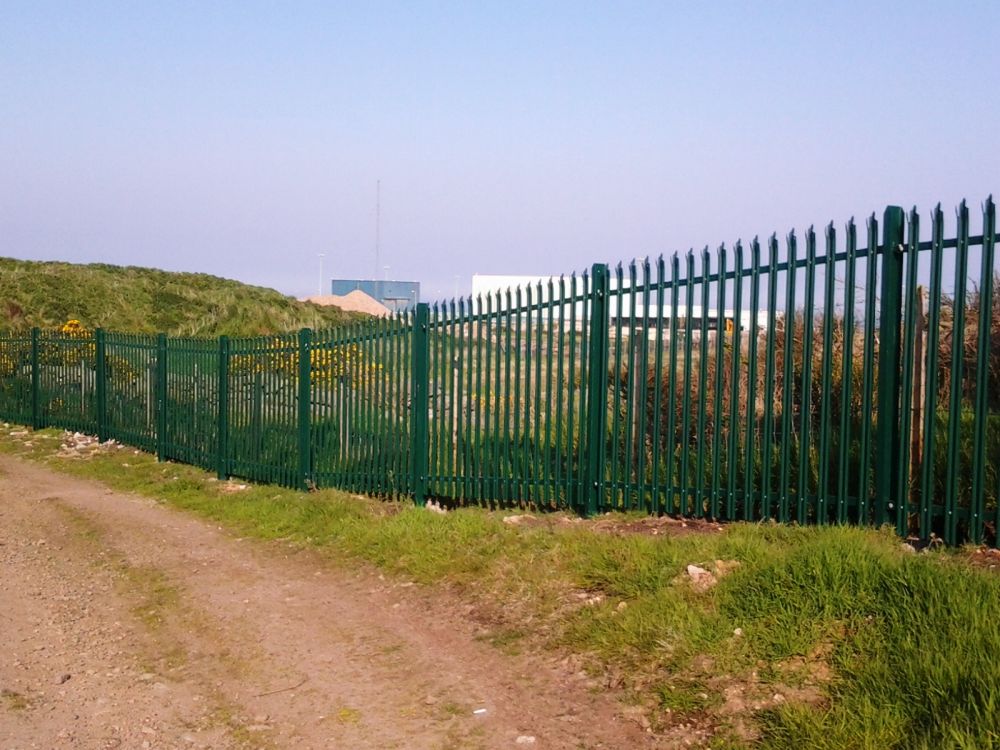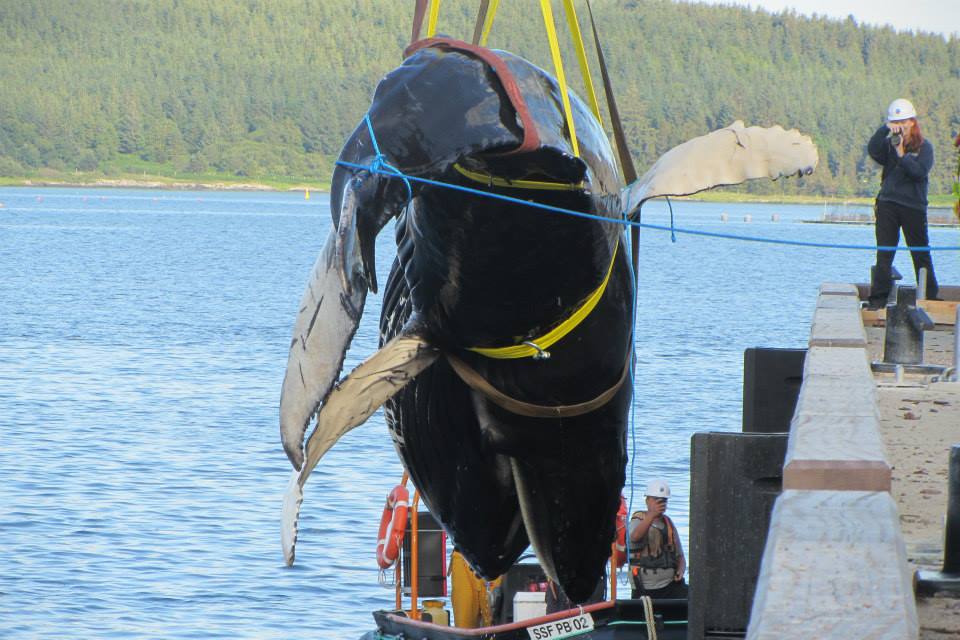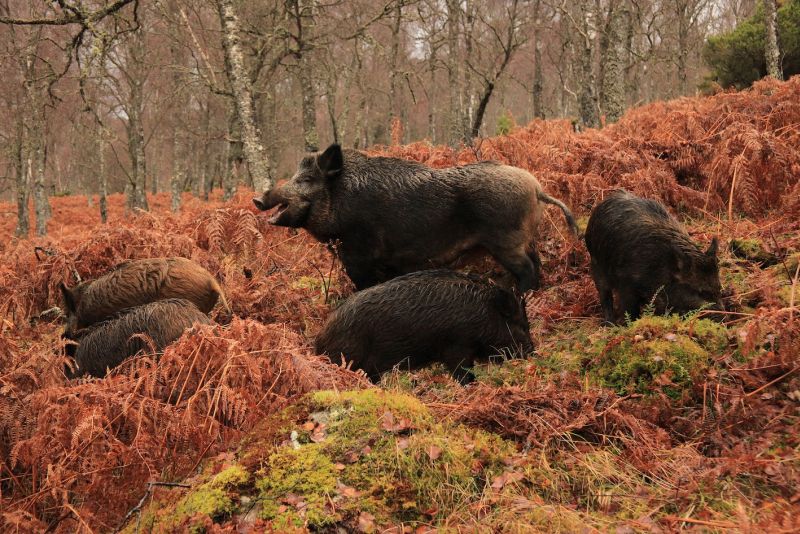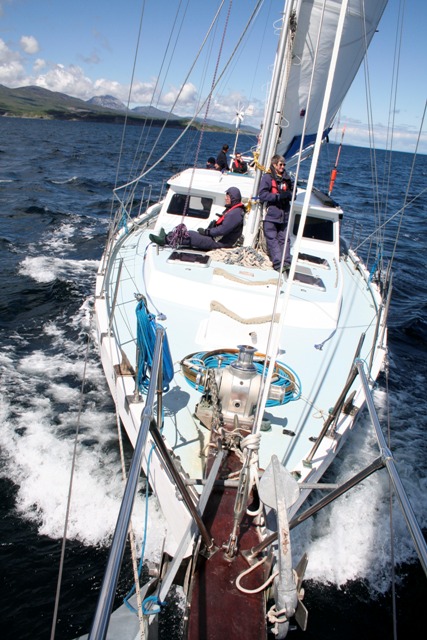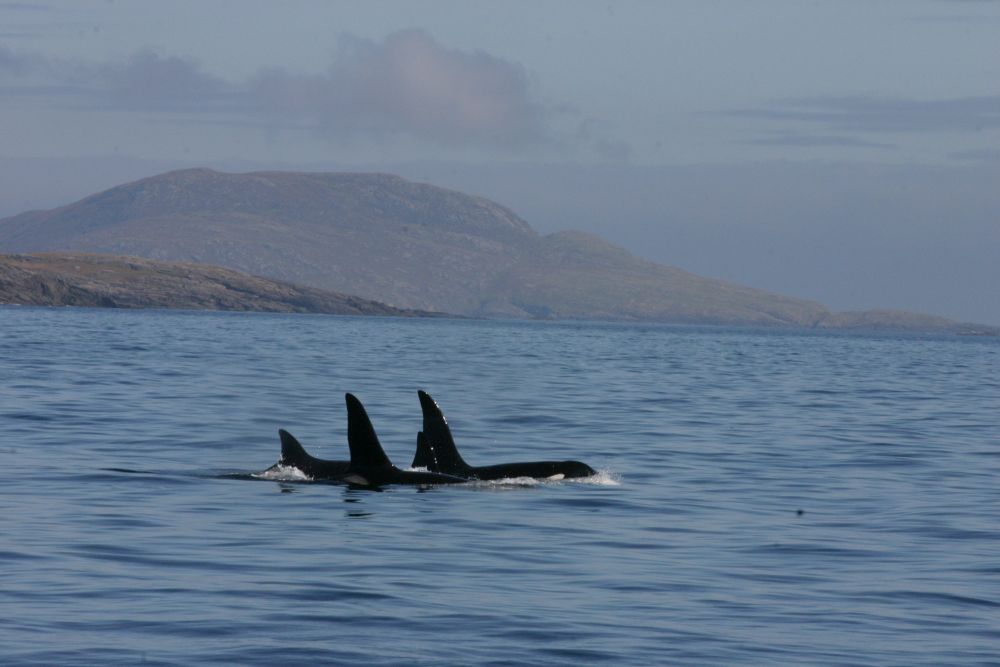Aberdeen City’s deer population has been more than decimated by what seems like a heady cocktail of politics, bad science and greed. Aberdeen Voice covers the issues in a series of articles. By Suzanne Kelly.
The controversial Tree for Every Citizen scheme, originally a Lib Dem election promise, was promoted in particular by Aberdeen City Councillor Aileen Malone, paid consultant Chris Piper, and city ranger Ian Talboys.
Nearly three dozen deer were shot on Tullos Hill alone, despite a large public outcry from residents, community councils, elected officials and animal welfare charities.
That wasn’t the end of the persecution of this herd of deer, which had been successfully established on the hill for over 70 years. The SNH issued new controversial guidelines, suggesting that the hill can only support 3 or 4 deer – an idea which is demonstrably untrue, and which would of course virtually destroy a healthy gene pool. The trees planted during the first phase of the scheme failed to grow, admittedly in part due to deer browsing – but unchecked weed growth, the wrong size tree guards and the very poor soil matrix on the hill were cited by experts as reasons for failure. The deer are virtually gone; the weeds outnumber and overshadow the new trees. The establishment of the trees seems very unlikely to experts and observers. But things got worse for the deer. Deer legs were found on both Kincorth and Tullos Hills in January of this year, apparently severed. Information from recent Freedom of Information requests has revealed a catalogue of issues to be addressed, and one of these is the poaching of several deer, and how the officials handled it.
Poaching: On 6th January walkers found deer legs on Tullos Hill. One week later, more animal remains were found on Kincorth Hill. These included a deer leg, and remains of a domestic cat that had been apparently skinned. In the Kincorth Hill case, the findswere reported to a city warden at the time; the warden saw the animal remains. There was a small amount of uncertainty at the time whether it was a warden or a ranger involved on Kincorth; it was later confirmed to be a warden. In any event, the warden made no report at all to the city rangers, police or the Scottish SPCA – which should be immediately notified of any potential animal-related crime. This disturbing news of these two finds never appeared at the time in the press, this is hardly surprising, as documents show the City was keen to keep the story of two trapped deer away from the Evening Express.
“We would not want this getting into the Evening Express so we need to act as a matter of urgency.”
The deer carcases were not found on the hills, only the legs. One of the City’s strongest arguments for killing the Tullos deer was that they had ‘no natural predators’.
a city warden failed to act on the evidence
Wildlife experts at the time pointed out that foxes for instance will take young fawns, and dogs also attack deer. The City and the SNH make no mention of illegal poaching, lamping and deliberate attacks on wild deer when they make this argument that there are ‘no natural predators’. A 19 February email from someone in the city’s ranger service confirms a cat pelt was found on Kincorth Hill:
“I have just got some info back from the City Wardens on their aspect of this so can now complete it. They did apparently find a cat pelt on Kincorth Hill, but no indication of how it had been obtained and which was reported to the Police and they had seen a dog with a deer leg but it looks like that was not reported to the police.”
There is also an admission that a city warden failed to act on the evidence. On 3 Feb someone emails:
“I’d hope that the would report this sort of thing to the police. [name redacted] manages this service now and it may be worth having a chat to him. He is very helpful”
Astonishingly, someone in the city’s ranger service makes an unfounded conclusion about the deer:
“The Tullos one is something we heard about from the police who are investigating this as poaching though [name redacted] and I suspect the animals could not have been taken on Tullos Hill as the population that [name redacted] has seen in recent months is less than this. SNH were due to be doing their repeat thermal imaging survey on the Tull0s Hill last night, I haven’t heard the results of how many deer they found.”
No evidence to support the ranger’s conclusion was supplied in the FOI request. If the ranger’s expertise is taken for granted, then person or persons unknown killed four (or more) deer at a different location, dismembered the bodies, and then walked fairly far from any vehicle parking area to deposit the legs on Tullos Hill. Perhaps if the rangers are making these kinds of conclusions without evidence, then there is a case for examining all the evidence they have asked the City and public to take at face value on the viability of the tree scheme and the ‘need’ to destroy the herd. The statement above also reveals that the rangers know the population was extremely low. Originally 22 deer (approximately) were to be killed in the first year of culling: 34 or 35 were taken. More were killed on subsequent years, and the plan is to kill still more. Members of the public are reacting angrily to the decimation of the city’s deer, now possibly only 19 in number according to the SNH. And the rangers want to kill more still.
The SNH deer population recommendations are guidance only, and do not have to be adhered to. It is hoped the City will look into the issues surrounding the depleted deer numbers, call a halt to the further destruction of animals for the foreseeable future at least, and ensure the authorities share all information on similar crimes with the Scottish SPCA, – and all future crimes are fully reported and investigated. Ideally, a proactive ranger service that would monitor the hill in a robust manner 7 days a week with a view to preventing further illegal poaching and all other illegal activities would be welcome.
- Comments enabled – see comments box below. Note, all comments will be moderated.

